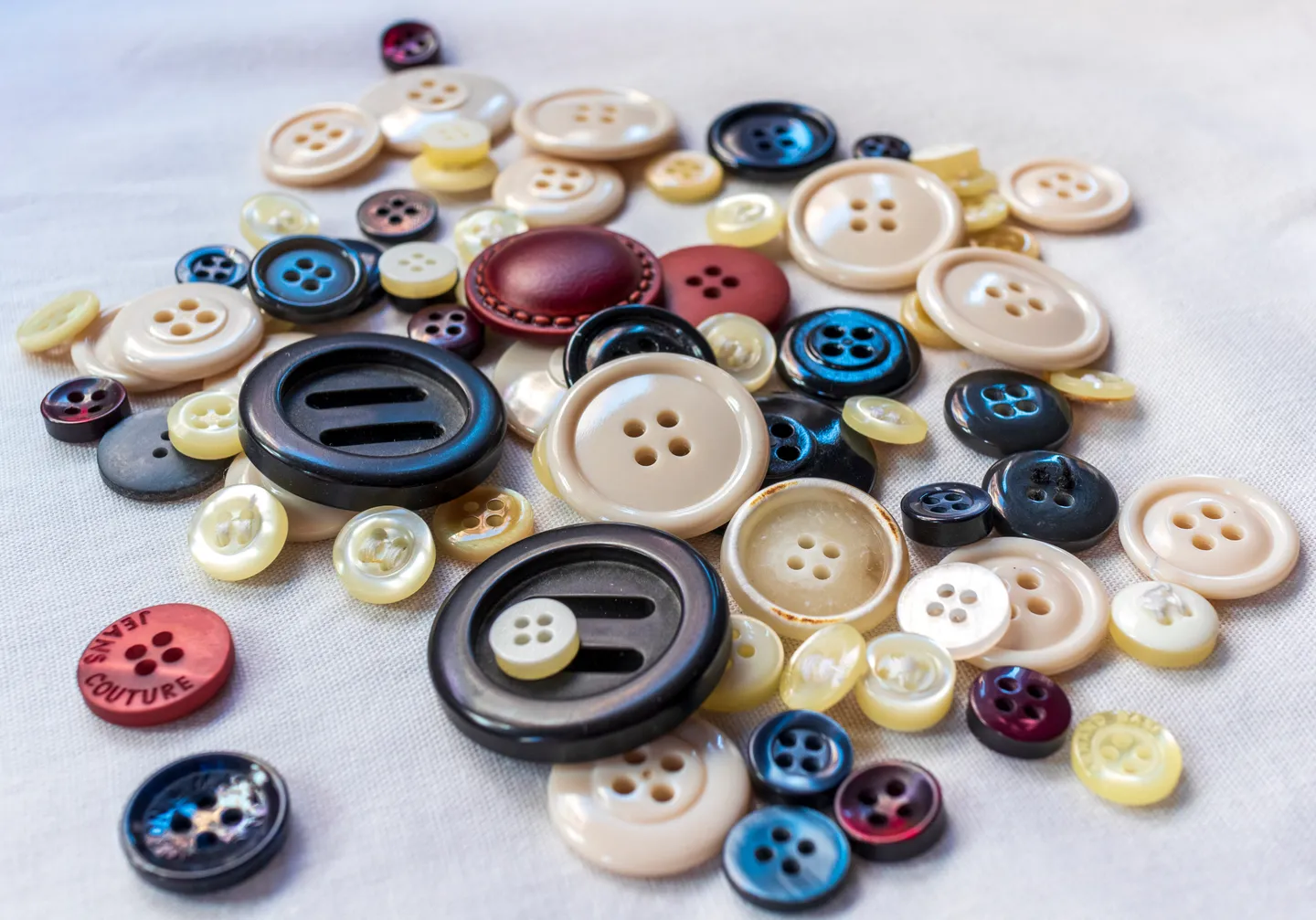In George Orwell's 1984, protagonist Winston Smith harbours a psychopathological fear of rodents. Nothing else can break him – not physical torture, not even death staring him in the face.
Room 101, where prisoners are forced to confront their deepest fears, was a product of Orwell's insight into the utterly personal, and often inexplicable, nature of phobias. What paralyses a seemingly normal person's sense of balance might strike another as ludicrous, if not irrational.
For James*, buttons are that thing.
Unlike most people who see buttons as nothing more than tiny, almost inconspicuous circles of plastic or metal used as fasteners on clothing, James has always harboured fear, and revulsion, for this commonplace object.
The young man's condition is medically called koumpounophobia, counted among the rarer phobias and estimated to affect around one in every 75,000 people.
"Whenever I touched a button, I felt disgusted," he recalls. "I didn't want to see and wear anything that had one."
James remembers the first time it happened. He was barely three.
As his tiny fingers brushed against a plastic button on his shirt, an overpowering sense of dread coursed through his body. He didn't know why but knew one thing for certain: he never wanted to touch or see a button again.
Social struggle
"Everyone thought I was weird," James tells TRT Afrika of how people around him reacted to his phobia. "Nobody could understand what was going on in my mind."
On one occasion, James's father bought him a shirt that he quite liked, except that it had buttons. He refused to wear it.
"My mother begged me just to try it on," he recalls. "But I couldn't. The sight of those buttons made my stomach churn."
As he grew older, James learnt to hide his fear. He rarely talked about it, knowing people wouldn't understand.
"I would hide my phobia like a crime," he says.
His siblings didn't understand either. They laughed, teased him, and called him crazy. To them, it was just a button. To James, it was something sinister that made his skin crawl just by looking at it.
Pangs of loneliness
At school, uniforms made things harder for James. While his classmates wore buttoned shirts, James found ways around it – pullovers, T-shirts, anything that didn't make him panic.
The World Health Organisation (WHO) defines phobias as irrational and uncontrollable fears triggered by a situation, object or activity. They are common worldwide, but the triggers vary.
While children can show early symptoms, just as in James's case, most phobias are known to manifest through behavioural changes between 15 and 20.
Growing up in a small town in Africa, James thought he was the only person in the world with such a strange problem. That changed when he joined secondary school.
He met a new friend who, during a casual conversation, confessed he couldn't stand buttons either.
"I was shocked," James tells TRT Afrika. "For so long, I thought it was only me."
Journey of acceptance
That discovery changed everything. James started searching online and finally found a name for what he had been living with.
"It was such a relief to know it's real," he says. "To know that I wasn't just imagining it."
But even now, he doesn't tell people he has a fear of buttons.
"I still believe people don't understand what I feel, and that even a mere mention of it gives me goosebumps."
He consciously avoids anything that has buttons. If he finds one, he cuts it off and throws it away.
He's not alone in finding unusual solutions. Steve Jobs, the co-founder of Apple, had an aversion to buttons, which showed in his dislike for buttons on computer hardware and his choice of turtleneck shirts.
For James, the answer was T-shirts and jeans.
According to WHO, meditation, yoga, breathing exercises, visualisation, mindfulness and progressive muscle relaxation are all effective in controlling the anxiety that accompanies phobias.
*Name changed to protect identity




















